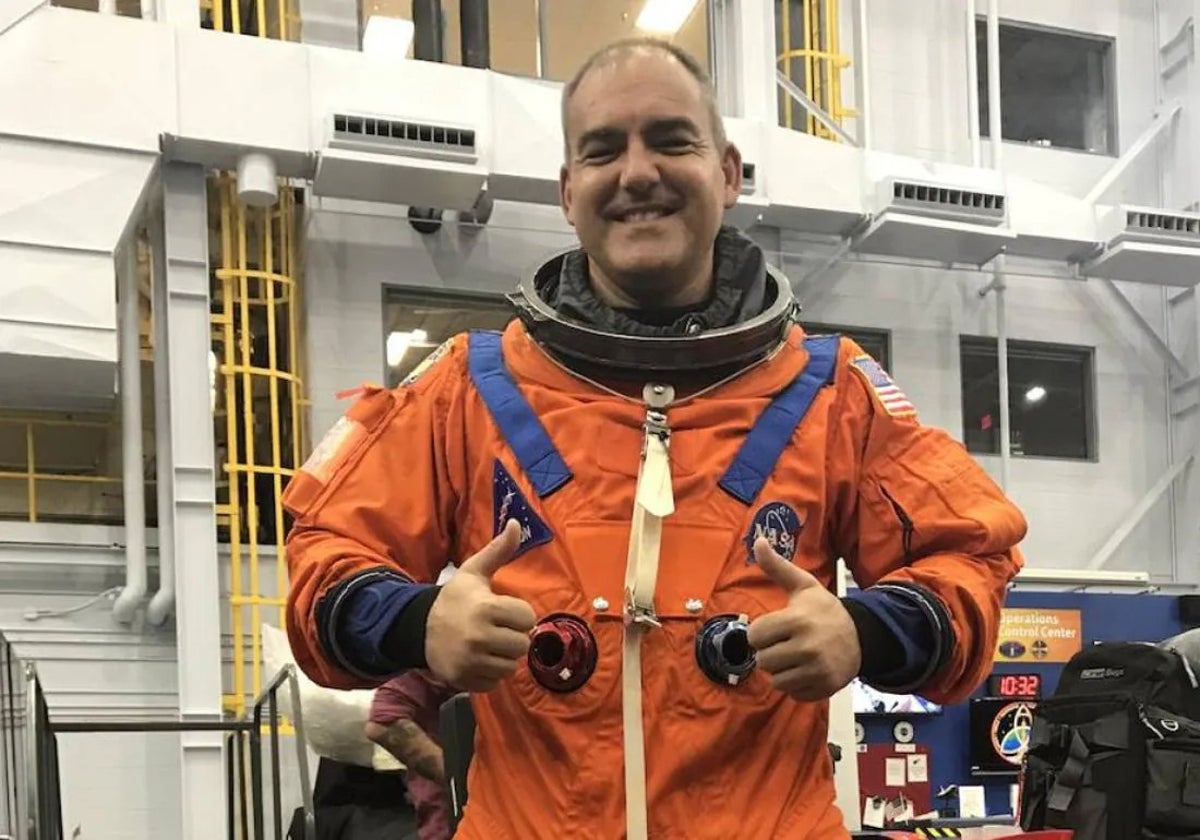Nasa appoints Malaga engineer to head its ambitious project to return man to the moon
Carlos García-Galán will be the deputy manager for Gateway programme, a kind of transfer port for space traffic
There are many reasons to return to the moon. On 20 July 1969, the first successful landing was achieved with the Apollo 11 mission. Neil Armstrong and Edwin Aldrin spent just two hours on the lunar surface before returning to their shuttle. Only with Apollo 15 was there another long-stay mission. But the programme was cancelled again with Apollo 17, and that was almost 50 years ago. So there was plenty of time to take another look at the moon, a place that is not only attractive from a scientific point of view, but also as a testing ground for new technologies.
One of the people at the forefront of this ambition is Malaga-born Carlos García-Galán. The 50-year-old engineer has been appointed by Nasa as deputy manager of the Gateway programme, an ambitious plan which aims to return man to the moon.
The American space agency announced García-Galán's appointment in a press release. "Carlos is an outstanding engineer and manager, and I am tremendously happy to announce his appointment to this position," Nasa director Vanessa Wynche said in a statement. "His experience in human spaceflight, international collaboration and spacecraft development will be a great asset to Gateway."
García-Galán's CV is as extensive as his list of merits accumulated over the years. He has some 27 years of experience in manned space flights and has collaborated in the development of the International Space Station (ISS) as an air traffic controller in Houston and later in the Russian city of Korolev. In 2010, he joined the Orion programme, holding various senior positions.
Turning to his new responsibility at the helm of Gateway, it cannot be understood without a link to the Artemis mission (named after the Greek goddess). This Nasa-led programme consists of several elements such as the SLS propulsion system and the Orion capsule, with the service module built in Europe. What distinguishes Artemis from the Apollo programme are the plans to launch Gateway, a kind of space shuttle into lunar orbit. Cutting through the scientific jargon, Gateway would be something like an outpost.
Of course, to land on the moon, the Gateway is not essential. Neil Armstrong didn't have one either. But: Artemis is not an extension of the Apollo programme, but only builds on it with experience from past programmes such as Apollo-Sojus, Skylab, Space Shuttle, Mir and ISS to be incorporated.
This requires more people and more material. More than the existing mother ships can carry into space. So everything is first brought to Gateway and then transported to the final destination. That's why Gateway can be considered a transhipment port. As it is inhabited by people, it will also become a research site, similar to the ISS.
Armstrong would probably also have been happy if something like Gateway had been available at the time as in 1969, the direct approach severely limited the choice of landing sites for the Apollo programme.

